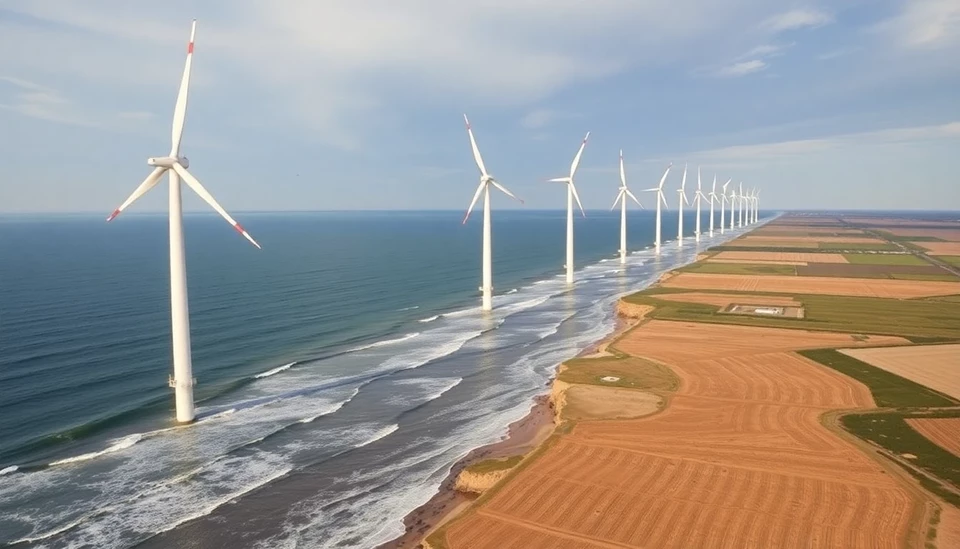
A recent report by ABN AMRO has cast doubt on the viability of Chinese-made wind turbines in European markets. According to the financial institution, while Chinese manufacturers have made significant advancements in the wind energy sector, their products still face considerable barriers to entry in Europe.
Despite China being a global powerhouse in wind energy production, with the capacity to produce turbines at scale and at lower costs, European markets remain cautious. The report highlights key challenges such as stringent environmental regulations, quality standards, and local preferences that currently inhibit the widespread adoption of Chinese turbines across Europe.
ABN AMRO's analysis underscores that while the demand for renewable energy solutions is on the rise, European countries are less inclined to embrace Chinese technology due to national security concerns and the desire to support local manufacturers. This reluctance is particularly pronounced in countries that prioritize energy independence and the development of homegrown industries.
Furthermore, the research indicates that only a handful of European nations are open to incorporating Chinese wind turbines into their renewable energy portfolios. Countries like Germany and the Netherlands have implemented policies that favor domestic suppliers, thereby limiting the market opportunities for Chinese manufacturers.
The report also points to recent incidents where some Chinese companies faced scrutiny over their supply chain practices and labor conditions, which could further dampen prospects in the European market. These factors contribute to a growing sentiment among European stakeholders that prioritizing local sourcing may not only foster economic growth but also enhance energy security.
Looking ahead, ABN AMRO suggests that for Chinese manufacturers to penetrate the European market successfully, they will need to adapt their supply chains and manufacturing practices. Strategies may include establishing local partnerships, ensuring compliance with European regulations, and enhancing the overall quality perception of their products.
In conclusion, while Chinese wind turbine manufacturers have the potential to revolutionize the renewable energy landscape, significant hurdles remain in achieving market viability in Europe. The findings from ABN AMRO serve as a critical reminder of the complexities involved in global trade and the unique challenges that arise in different regional markets.
#ChineseWindTurbines #WindEnergy #ABNAMRO #Europe #RenewableEnergy #EnergyIndependence #Manufacturing #GreenTechnology
Author: Sophie Bennett
